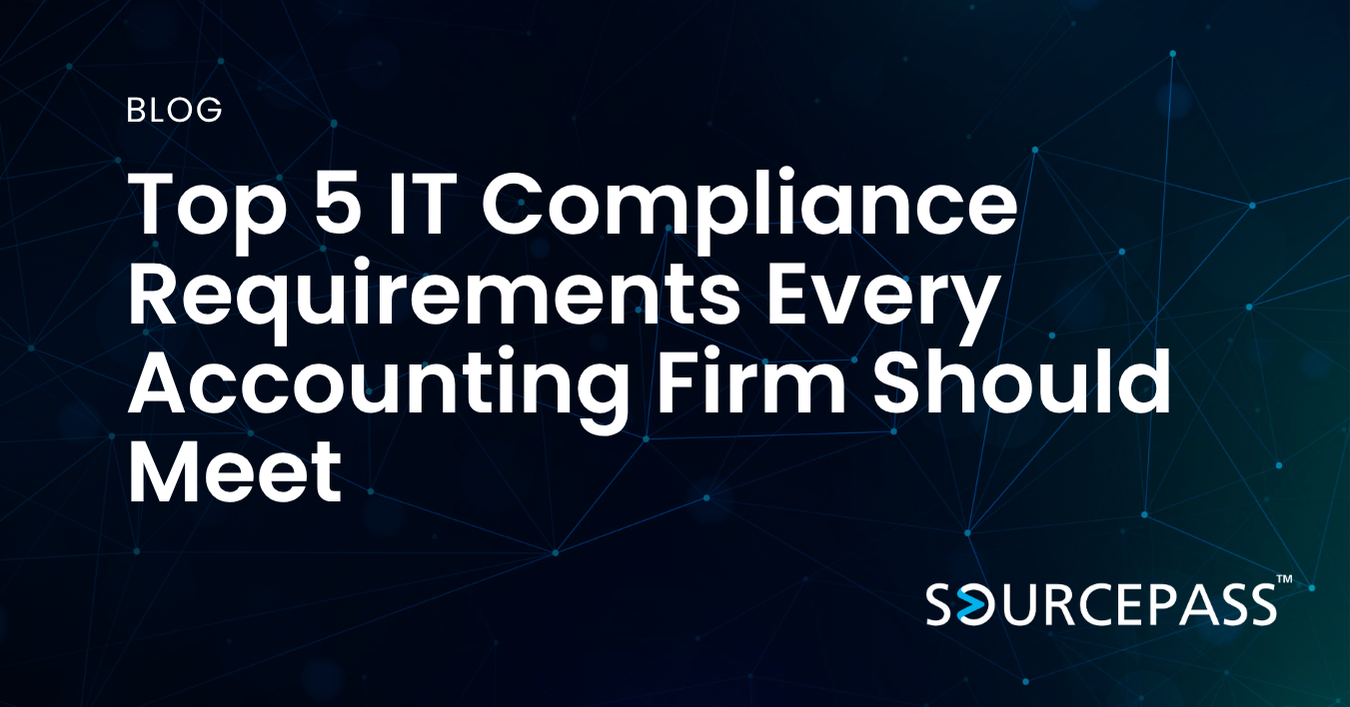The Business Case for Proactive Infrastructure Monitoring
May 06, 2025 Alex Davis Cloud & Infrastructure | Network Monitoring 2 min read



Your IT infrastructure isn’t just a back-end system — it’s the foundation upon which your entire business runs. From servers and storage to virtual machines and cloud platforms, your infrastructure keeps applications running, data accessible, and customers connected.
Yet despite this critical role, many businesses still operate without real-time visibility into their infrastructure health. Instead, they rely on reactive support — waiting for a server to fail, an application to crash, or users to report issues before investigating. This reactive model is risky, costly, and increasingly unsustainable in competitive environments.
This blog post explores the business case for proactive infrastructure monitoring.
Common Challenges Without Infrastructure Monitoring
Without infrastructure monitoring, businesses often encounter several challenges that can hinder their operational efficiency and security including:
- Limited Visibility into Critical Systems: Many businesses lack the tools to monitor the performance and availability of infrastructure components in real time. This means performance degradation or early warning signs often go unnoticed until they escalate into outages or slowdowns.
- Reactive, Disruptive Maintenance: Without proactive monitoring, IT teams often find themselves “firefighting” — responding to problems after business operations have already been disrupted. This approach not only increases stress and costs but also reduces trust in IT operations.
- Insufficient Data for Future Planning: When infrastructure performance is not being continuously monitored, there's no way to analyze trends or understand what’s causing recurring issues. Leaders are left making blind decisions about scaling, upgrading, or reallocating resources.
Key Benefits of Infrastructure Monitoring
Implementing infrastructure monitoring offers several advantages that can significantly enhance your business's performance and security. Some key benefits include:
- Improved Uptime and Availability: By implementing a managed infrastructure monitoring tool, businesses gain 24/7 visibility into the health of their systems. Real-time alerts allow teams to detect and resolve issues early — often before they affect end users. This results in greater system availability and fewer unplanned outages.
- Faster Incident Response: Automated monitoring tools drastically reduce the time it takes to detect and respond to infrastructure failures. With real-time notifications and detailed system insights, IT teams can act quickly and precisely, minimizing downtime and preserving business continuity.
- Data-Driven Infrastructure Planning: A data-driven approach enables smarter decisions and more effective long-term planning. Infrastructure monitoring tools provide rich performance data over time, allowing businesses to:
-
- Identify capacity constraints before they become bottlenecks
-
- Justify infrastructure investments with real-world metrics
-
- Plan upgrades based on usage patterns and lifecycle insights
- More Reliable Service Delivery: Infrastructure issues don’t just impact IT teams — they affect every department and every customer interaction. When systems are slow or unavailable, service quality drops. With proactive monitoring in place, businesses can deliver consistent performance that builds trust with users and customers alike.
What’s at Stake Without Infrastructure Monitoring
Without infrastructure monitoring, businesses risk facing significant operational disruptions, security vulnerabilities, and inefficiencies that can impact their overall performance and growth. Here's what's at stake:
- Repeated Downtime and Service Interruptions: Without continuous infrastructure monitoring, outages can go undetected or unresolved for extended periods. These interruptions impact employee productivity, customer satisfaction, and ultimately, revenue.
- Higher IT Costs: Reactive problem-solving is often more expensive than proactive maintenance. It involves emergency fixes, more frequent support requests, and longer troubleshooting times — all of which increase operational costs.
- Lost Data and Reduced Continuity: Infrastructure failures can result in data loss, system instability, and failure to meet uptime or compliance requirements. The long-term risk to your business continuity and reputation is significant.
- Dissatisfied End Users: From internal teams unable to access critical applications to customers facing slow portals or service outages, infrastructure instability leads to a poor user experience — which can directly impact retention and employee engagement.
The Path Forward
To meet the demands of today’s always-on business environment, infrastructure monitoring must evolve from a reactive task to a proactive strategy. Businesses that adopt managed monitoring tools gain the ability to:
- Maintain full visibility into infrastructure performance
- Address issues before they cause business disruption
- Build a data-informed roadmap for technology investment
- Deliver reliable, high-performance digital experiences
In doing so, they not only protect the integrity of their IT systems — they enable greater operational agility and long-term growth.
Learn more about how Sourcepass can help empower your business
Safeguard uptime, reduce IT costs, and create a resilient foundation for future innovation with proactive infrastructure monitoring.
Contact Sourcepass to speak with a Sourcepass Specialist to learn more!
Subscribe To
Sourcepass Insights
Sourcepass Insights
Stay in the loop and never miss out on the latest updates by subscribing to our newsletter today!
.png?width=500&height=100&name=White%20Logo%20-%20Transparent%20Tag%20(3).png)



